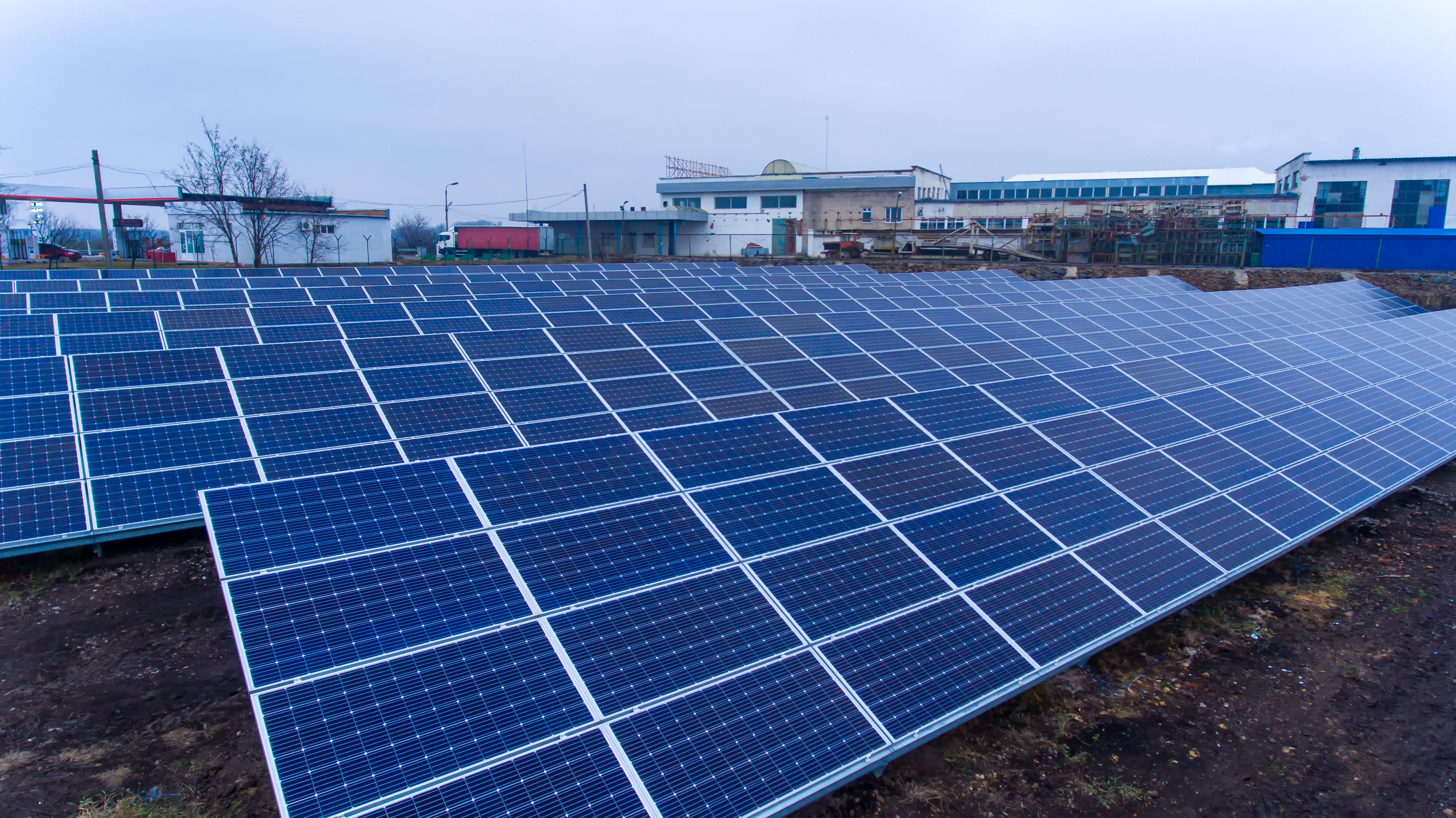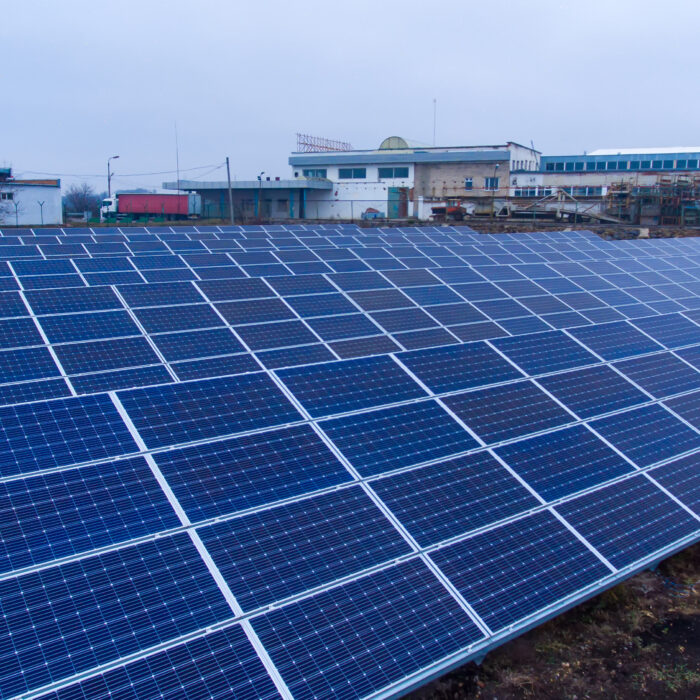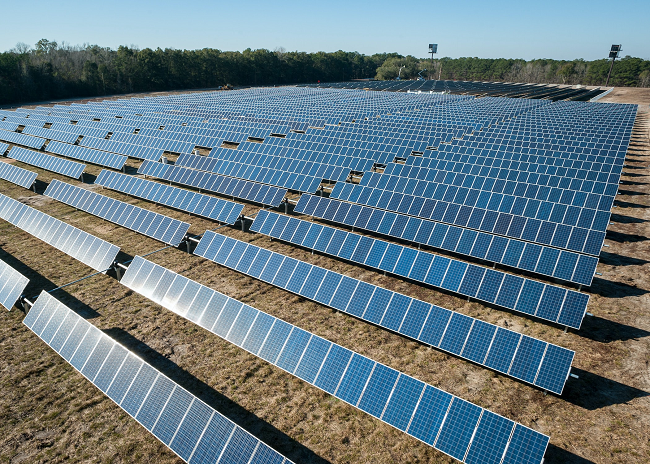
As solar photovoltaic (PV) adoption grows in housing societies and small communities, many have moved from individual rooftop systems to collective or semi-collective solar integration models. While this transition offers energy independence and reduced electricity costs, it also introduces new technical, billing, and administrative challenges that must be managed carefully.
This article explores the main technical and administrative issues that solar PV communities are likely to face — and provides practical recommendations to ensure long-term stability, fairness, and compliance.
⚡ 1. Technical Power and Grid Stability Issues
1.1 Reverse Power Flow
When several houses export solar power at the same time, the total generation may exceed the community’s consumption, causing reverse current to flow back toward the grid transformer.
Most distribution transformers were designed for one-way power flow (from grid to consumers), and reverse flow can cause:
- Transformer overheating
- Protection relay malfunctions
- Increased voltage at the secondary side
To mitigate this, communities should regularly monitor transformer loading and coordinate with the local utility for capacity upgrades if exports are significant.
1.2 Voltage Rise and Fluctuations
High solar generation, especially during midday, pushes local voltages upward. If voltage exceeds regulatory limits (often >250 V phase-to-neutral), it can:
- Trigger inverter shutdowns (due to overvoltage protection)
- Damage sensitive appliances
- Create instability across the local distribution system
Proper phase balancing, voltage monitoring, and transformer tap adjustments can help minimize this issue.
1.3 Phase Imbalance
Uneven distribution of solar systems across the three phases of the network leads to unbalanced current. This causes:
- Unequal voltage between phases
- Neutral conductor heating
- Higher system losses
A balanced allocation of PV inverters across phases and routine electrical audits are essential preventive steps.
1.4 Harmonic Distortion
Modern solar inverters inject small levels of harmonic distortion into the network.
When many inverters operate together, these distortions can accumulate, degrading power quality. Periodic Total Harmonic Distortion (THD) measurements should be part of the community’s maintenance plan.
⚙️ 2. Metering and Energy Accounting Challenges
2.1 Export–Import Mismatch
In community-level systems with one Green Meter (net-metering connection) and internal household meters, mismatches may arise between total exported energy (to the grid) and the sum of all household exports.
Losses, internal consumption, and timing differences often cause discrepancies that complicate settlement and billing.
2.2 Timing and ToU Differences
Solar energy is generated mostly during daylight hours, while residential consumption peaks after sunset. If the community does not apply time-of-use (ToU) adjustments, credit distribution among members becomes inaccurate and potentially unfair.
2.3 Internal Distribution Losses
Every local network has line and transformer losses. Without accounting for these, the total energy credited to residents may exceed what the community actually exported, leading to accounting imbalances and disputes.
2.4 Data Management Complexity
As the number of residents with PV systems increases, manual data entry and reconciliation become error-prone. A centralized digital system for collecting, validating, and processing meter readings is critical to ensure transparent energy accounting.
🧾 3. Administrative and Regulatory Risks
3.1 Utility Capacity and Policy Limits
Most utilities, including LESCO and other DISCOs, limit net-metering capacity per transformer (typically 25–30% of rated capacity).
Once this threshold is reached, new applications may be delayed or denied until capacity upgrades are made.
3.2 Tariff and Billing Policy Changes
Utilities may adjust tariff structures as solar penetration increases — for instance, by introducing grid access or fixed charges to recover infrastructure costs. Communities should anticipate and plan for such policy shifts.
3.3 Settlement and Payment Rules
Depending on regulatory arrangements, the community may not receive direct payment for net export at the society level. Only registered individual net-metering accounts are eligible for monetary compensation.
This distinction should be clearly understood before large-scale investments in shared solar infrastructure.
3.4 Compliance and Safety Regulations
As distribution networks evolve, utilities are enforcing stricter compliance on grounding, protection coordination, and anti-islanding mechanisms. Failure to comply can lead to disconnection or penalty.
🧩 4. Community Governance and Fairness Issues
4.1 Unequal Benefit Distribution
Solar-equipped homes reduce imports or even export energy, while non-solar homes still rely fully on grid supply. Without a transparent and agreed-upon settlement model, non-solar residents may feel unfairly charged.
4.2 Common-Load Allocation
Electricity used for streetlights, pumps, lifts, and other common areas should be measured separately and excluded before distributing solar benefits among residents.
4.3 Dispute Resolution
Disagreements over readings, credit allocation, or equipment performance are inevitable. Communities should have a clear dispute resolution process and annual reconciliation of all energy data.
🛠️ 5. Recommended Best Practices
| Area | Action |
| Governance | Establish clear bylaws for energy sharing, credit allocation, and maintenance responsibilities. |
| Metering | Use reliable meters for every household; record cumulative import/export readings monthly. |
| Data Management | Employ automated spreadsheets or software for transparent reconciliation. |
| Loss Accounting | Deduct a fixed percentage or measured line losses before distributing export credits. |
| Transformer Health | Conduct annual load-flow and voltage-rise studies; coordinate with the utility. |
| Phase Balancing | Distribute PV systems evenly across all phases to maintain network symmetry. |
| Financial Oversight | Maintain a community energy fund for maintenance, meter replacements, or transformer upgrades. |
🌍 6. Looking Ahead
Solar PV adoption within residential communities is accelerating — a sign of growing environmental awareness and energy independence.
However, technical planning and transparent administration are essential to ensure that this progress remains sustainable.
Communities that invest early in good governance, proper data systems, and grid coordination will enjoy lower costs, fewer disputes, and a stronger partnership with their local utility.
💡 Conclusion
Solar communities are the future of urban energy systems, but they come with a new set of engineering, regulatory, and social complexities.
By understanding these technical and administrative issues early — and addressing them through structured governance — communities can enjoy clean, affordable, and equitable energy for all residents.
Author:
Asif Khokher is seasoned professional having 25+ years of international and diversified experience in the field of Control Systems, SCADA and Solar PV for Power, Oil & Gas, utility and other industries serving with International Consultants, Contractors and Sub-contractors/Suppliers/System Integrator. He is currently based in Pakistan, and works as Consultant/Auditor/Inspector and Owner’s Engineer and can be reached at asif.khokher@innovasyses.com
His educational background is B.Sc. Engineering (Electrical), MBA and North American Board Certified Energy Practitioner (NABCEP – PV Installation Professional) beside Project Management Professional (PMP) and Certified Automation Professional (ISA-CAP).


